Ancient Roma
![]()
You can scroll down or click the following links.
- The Coliseum and the Forum
- The Pantheon
- Parco Acquedotti
- Via Appia Antica
- Ostia, the Port of Roma
- Aurelian Walls
- Roma - A Lesson We Should Learn
The Coliseum and the Forum
The tour begins at Piazza Venezia which is dominated by the Vittorio Emanuele Monument, an incredible hulk of white marble, sometimes called the "Altar of the Nation". Built in the early 1900s, it commemorates Italian Unification and pays homage to King Vittorio Emanuele II. Images from 1930 and today below.
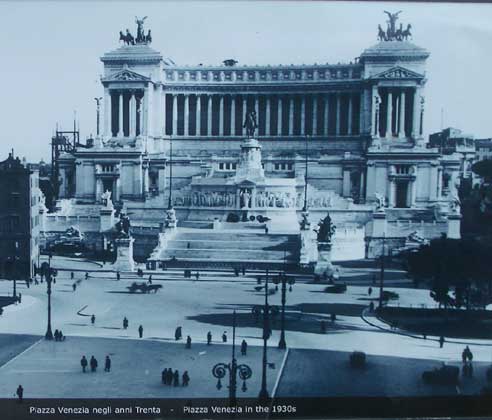
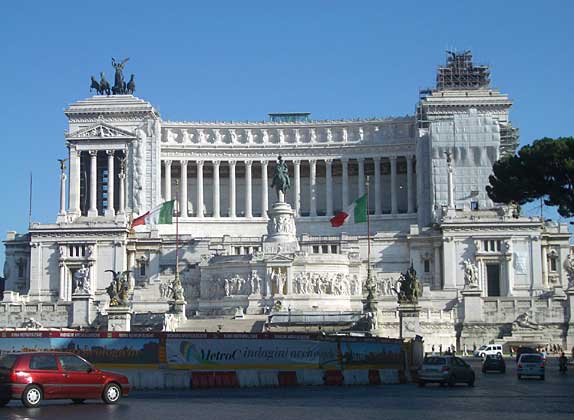
On the far side of this incredible structure, we had the first view of the the most famous remnants of the Roman Empire - the Roman Forum and the Coliseum. Everyone has seen pictures of these wonderful sites, but we'll share a few of ours.
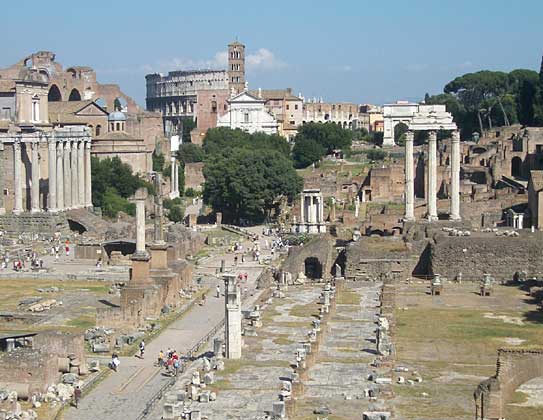
View of the Arch of Septimus Severus and over the Forum
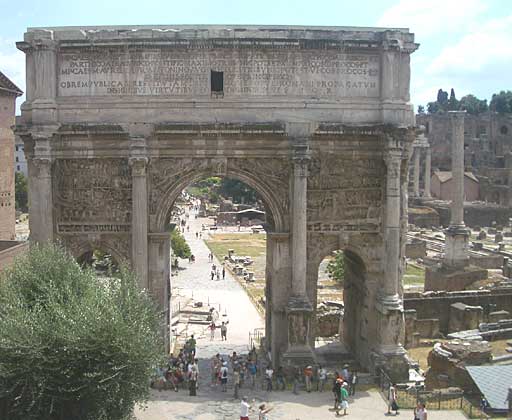
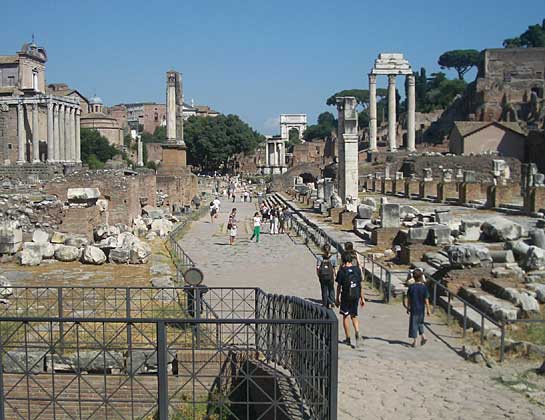
Place of Caesar's cremation and Mile Marker 0 of the Roman Road System
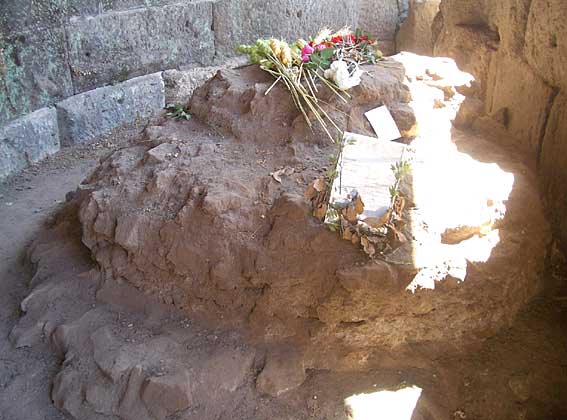
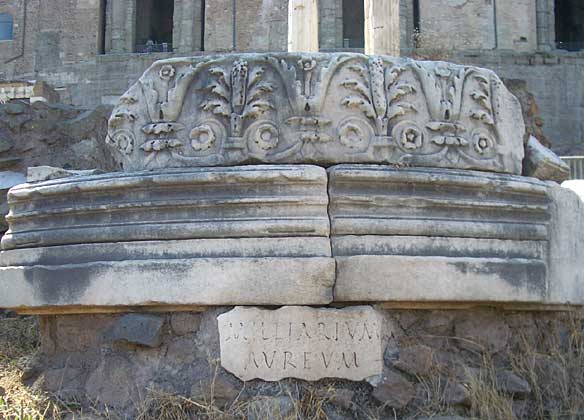
Temple of Venus and the View toward Arch of Titus
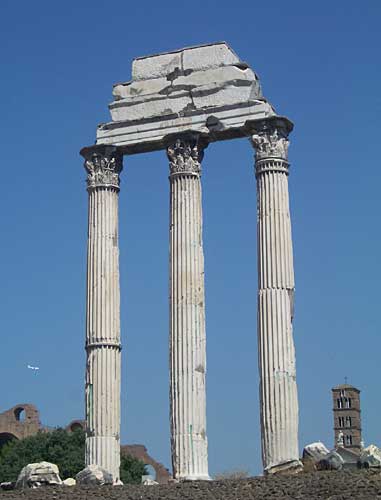
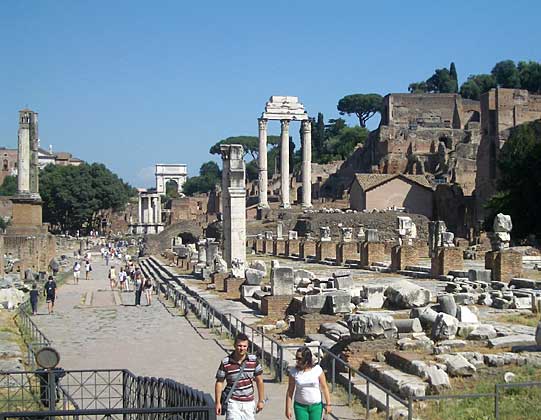
Arch of Titus and view of the Coliseum
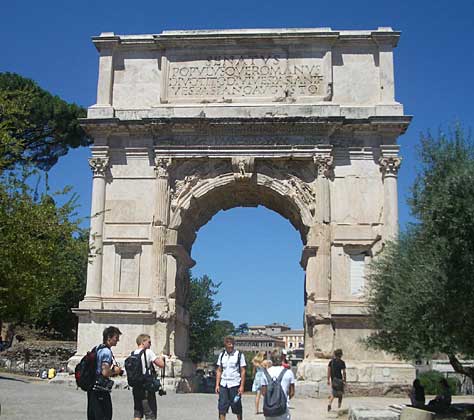
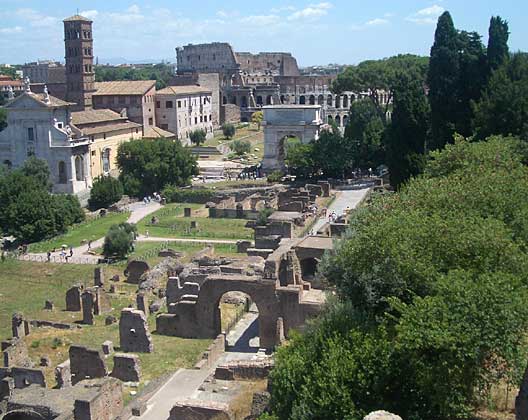
After a stop for a drink, we walked on to the Coliseum
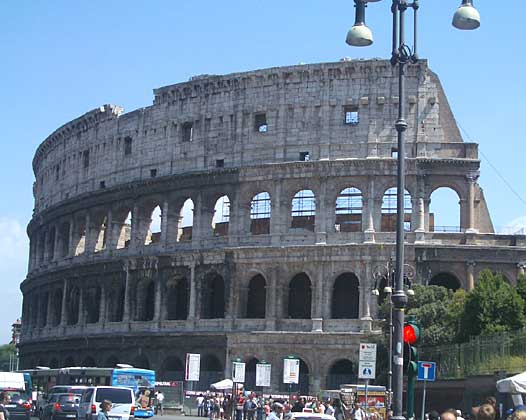
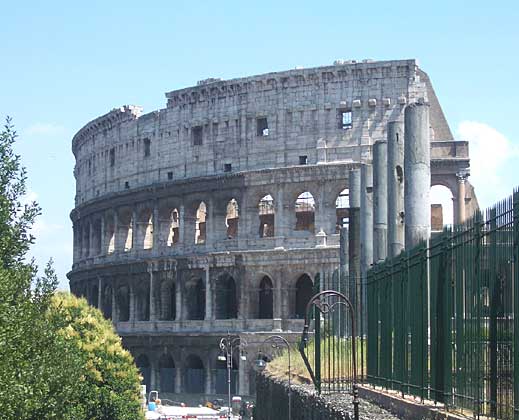
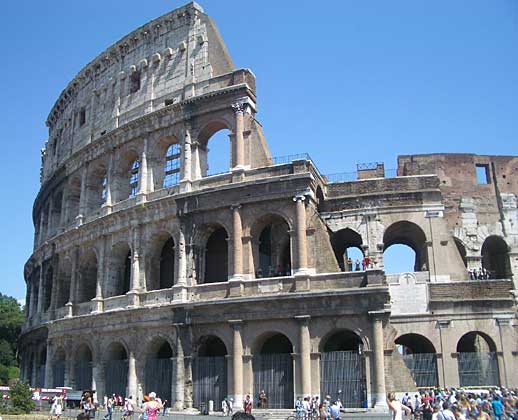
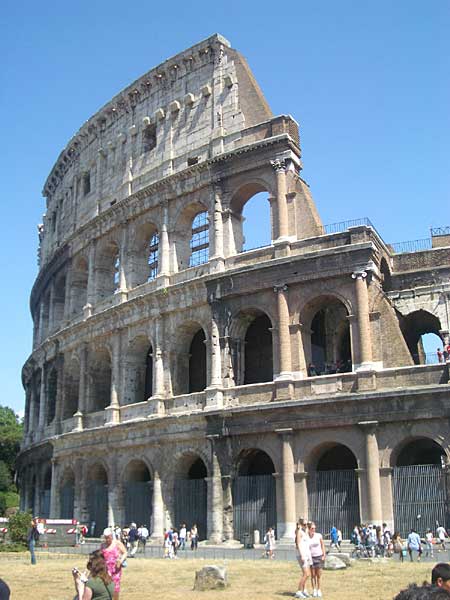
The Inside is Immense
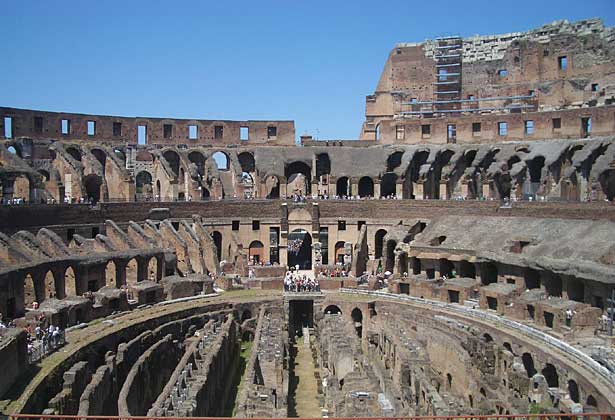
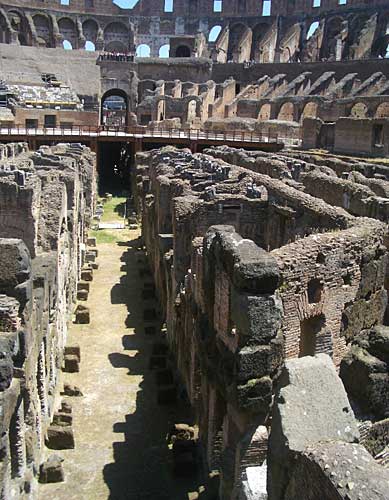
View back toward the Forum and the Arch of Constantine
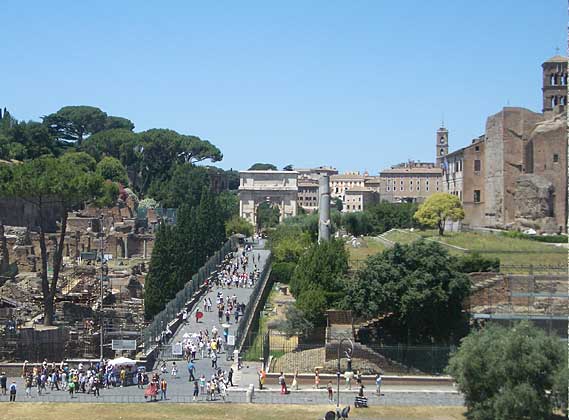
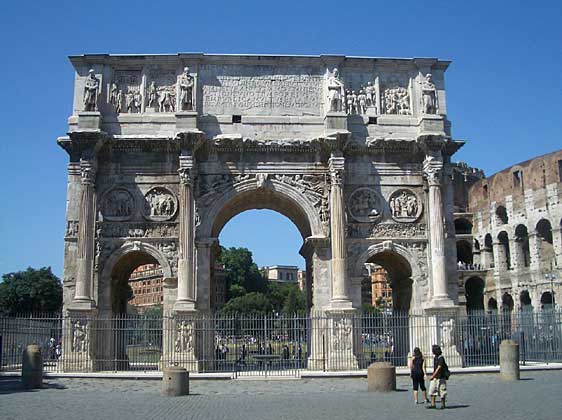
Pantheon
Built in 27BC and rebuilt by Hadrian in 125AD, the Pantheon is easily the most complete ancient Roman structure in Rome. It remains a formidable architectural achievement, with its equal height and diameter of 43 meters (140 feet) and the 9 meter (30 foot) hole in the dome allowing a shaft of light to illuminate the marvelous interior. Today it is still revered as the home of the tomb of Vittorio Emanuelle II, the man who unified Italy in 1870.
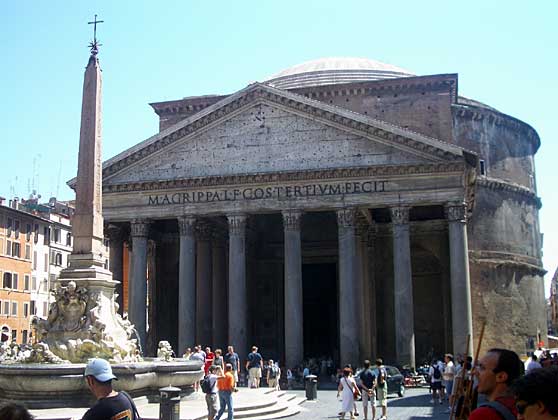
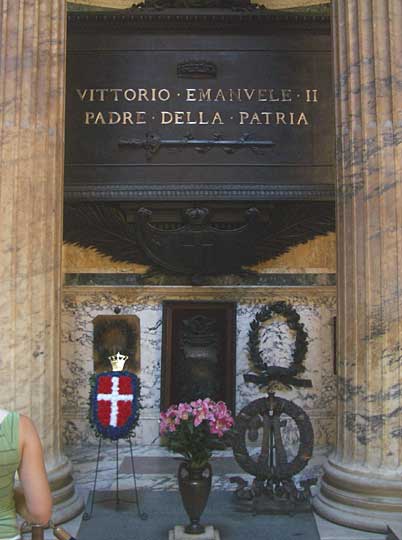
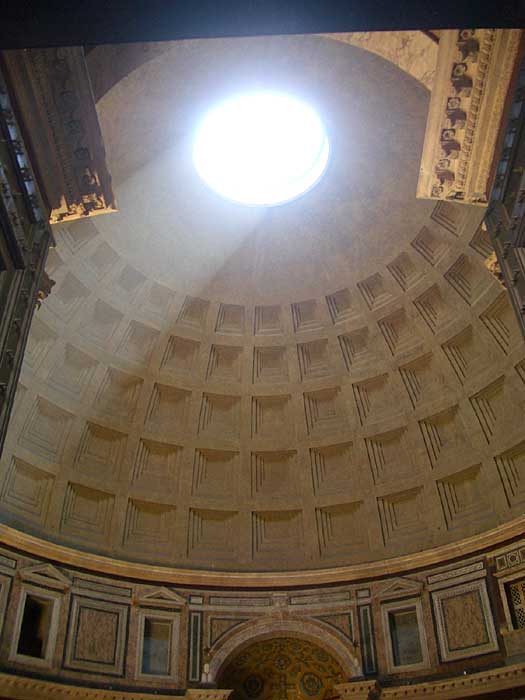
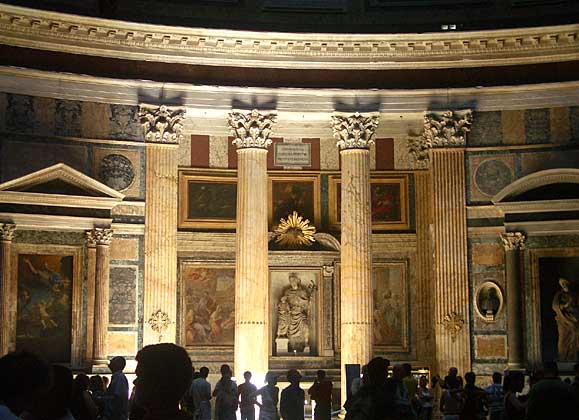
Parco Acquedotti
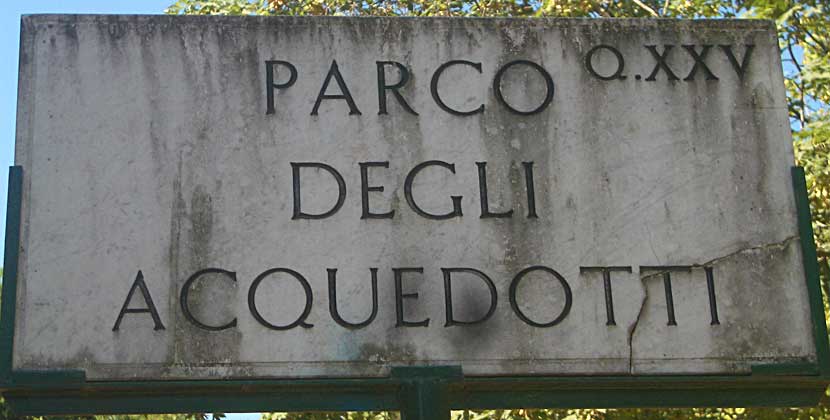
As urbanists, we found the ancient Roman infrastructure, that is, the walls, roads, bridges and aqueducts, to be especially compelling to us. While traveling in Spain, we had marveled at the great aqueduct that delivered water to the residents of Segovia for centuries.
In Roma, we discovered the Parco Acquedotti, a broad green grassy place at the edge of the city where the aqueducts that brought water to Roma still stand. The Roman engineers designed these aqueducts to bring fresh water to Roma from pristine streams and rivers far beyond the city. Only remnants of the Claudian aqueduct, built in 52 AD, have survived (below).
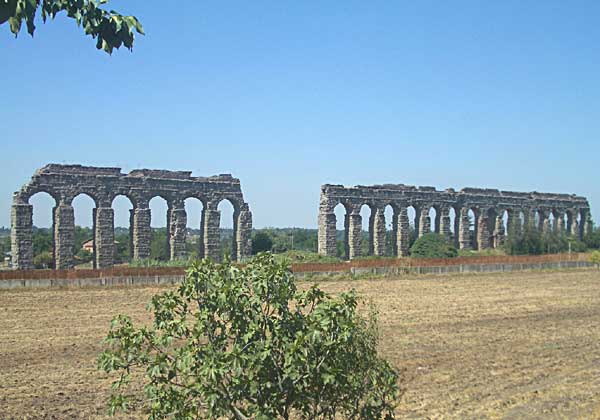
We followed long stretches of the Aquaduct Felice, built in the 1500s, long after the Roman empire had ceased to exist (below left). This sturdy, utilitarian structure follows its course, through the park, then on through adjoining neighborhoods, past olive groves and houses, to the Tor Fiscale, an ancient watchtower, now surrounded by homes and gardens (below right).
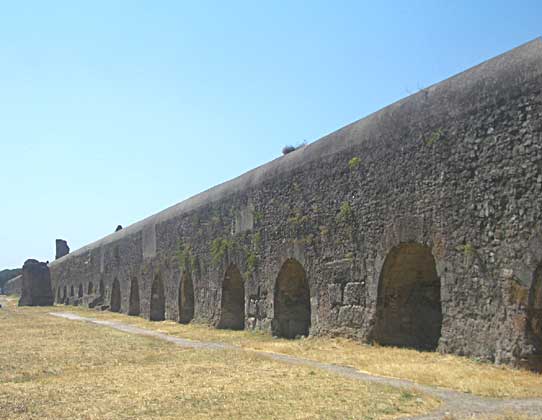
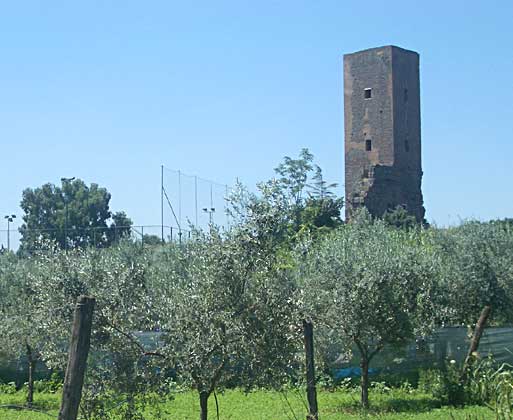
Via Appia Antica (the Appian Way)
While water is life, roads were just as essential to the ancient Romans as they are to us today. In ancient times, the roads enabled the movement of people and goods from place to place and also provided the communications network for rapid delivery of messages by messengers centuries before the Internet was even imagined! One of the great Roman roads is the Via Appia which began in the area of the Forum, passed through Porta San Sebastian and followed an alignment to the south and east.
We walked from the old Porta along the Via Appia Antica, learning that the area surrounding the old road has been protected by the Commune of Roma as a Parco Regionale.
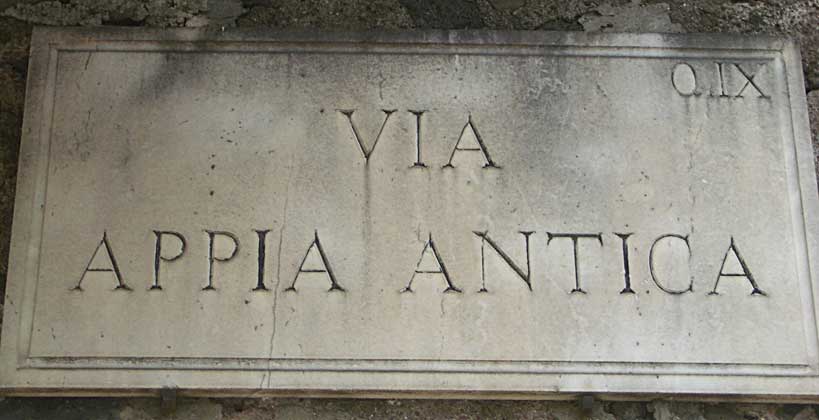
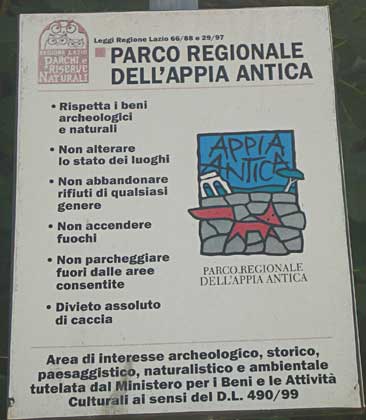
We stopped at the Visitor Center for a map and information and continued our walk after turning to view the Porta San Sebastian, still in use today (below left). We learned that construction on this road was begun in 312 BC, initially to enable transport, travel and communication as far as Capua. Later, it was extended on to Brindisi way in the south of Italy on the Adriatic Sea! It was wide enough for vehicles traveling in opposite directions to pass each other. The road was originally paved with large basalt rocks and lime cement so that the surface was smooth but today, the cement is gone and the road is far from smooth (below right), but in still in use for two way traffic.
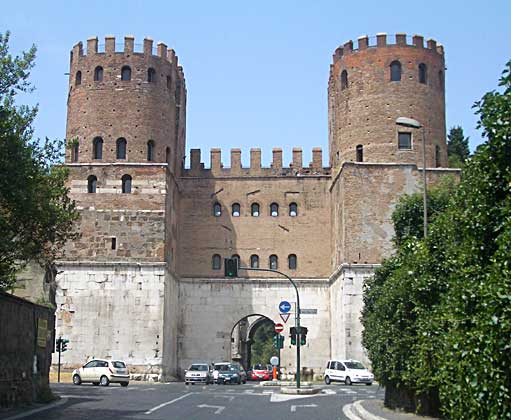
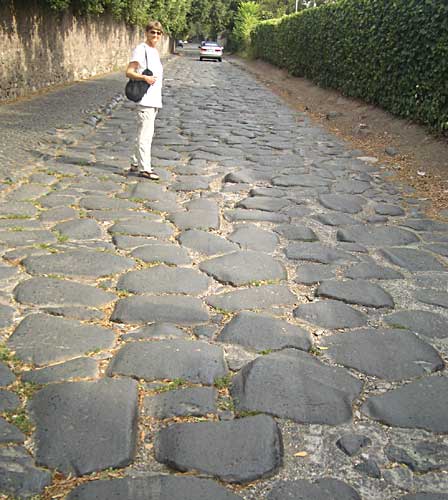
We continued our walk, past the Circus of Emperor Maxentius and the Tomb of Cecelia Metella, wife of one of Julius Ceasar's generals. Further on the old road was better preserved and ran through fields, past woods.
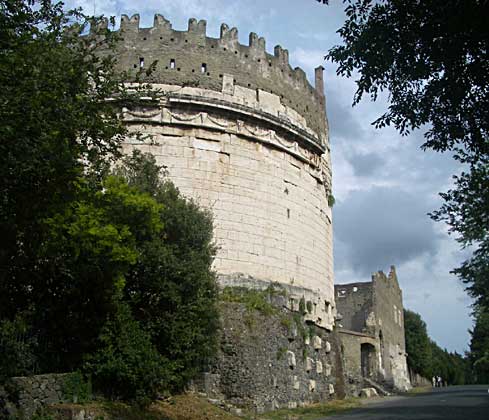
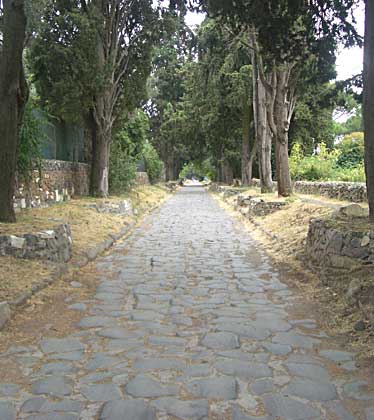
Out in a grassy field, two young foxes played, rolling over each other, unaware of our presence. We were charmed. It was late afternoon so we headed back home, feeling as if we had been transported back to a time long ago but not forgotten.
Ostia, the Port of Roma
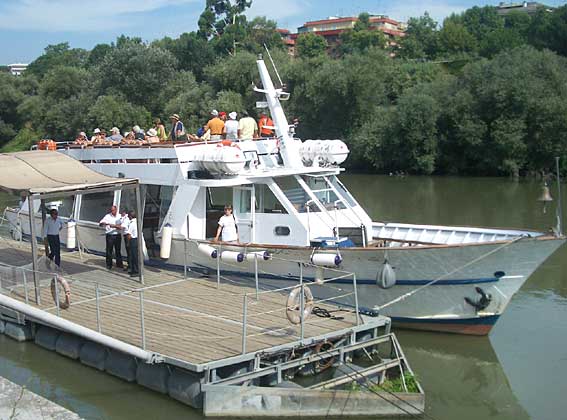
In addition to the network of roads connecting Roma with the far corners of the empire, the River Tiber provided another important element for transport of goods to and from Roma. Ostia, the city at the Tiber's mouth, began as a naval base, protecting Roma from invasion by river. By 150 AD, when Roma controlled the Mediterranean, Ostia evolved into an important commercial port, as ships from all corners of the world delivered grain and other commodities to Roma, creating the global economy of the Roman world.
While it is possible to travel to Ostia by Metro, we decided to take a boat down the Tiber. As we traveled along the river, watching the ducks, herons and egrets, we tried to imagine the river filled with barges loaded with large jars of grain, amphorae filled with wine and olive oil, marble blocks, and all other manner of stuff moving upriver to supply the people of Roma.
We arrived at the quay and began our walk through Ostia, feeling the ghosts of the merchants, shopkeepers and dockworkers that lived in this once thriving city.
As we explored we were impressed by grandeur of the public building (top pictures), the beauty in the residences (middle pictures) and the size of the public buildings and wide boulevards (bottom pictures).
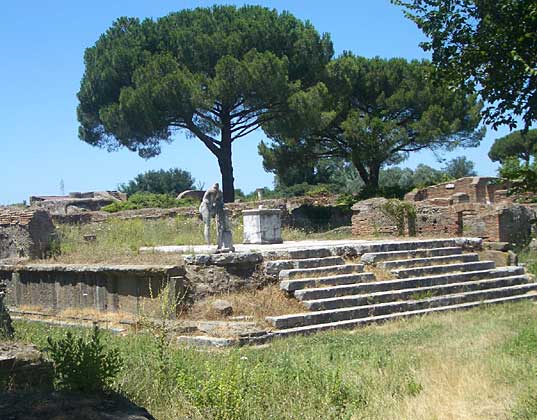
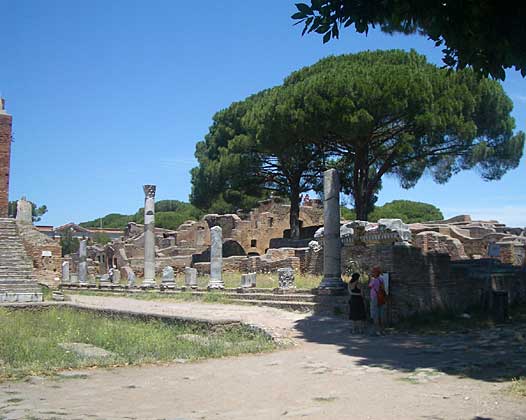
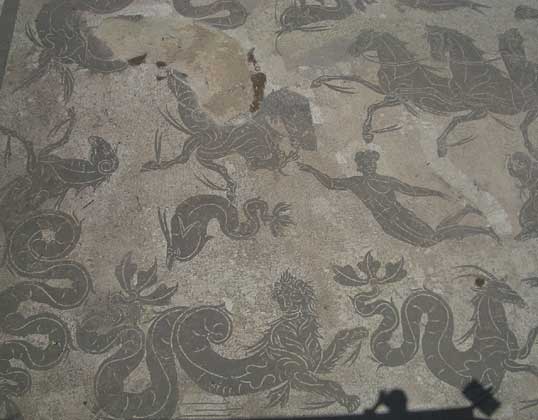
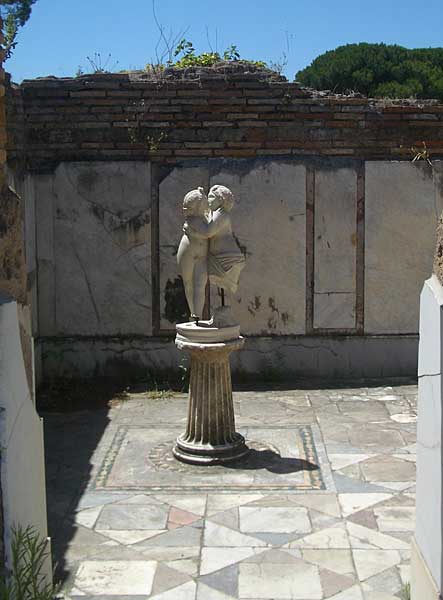
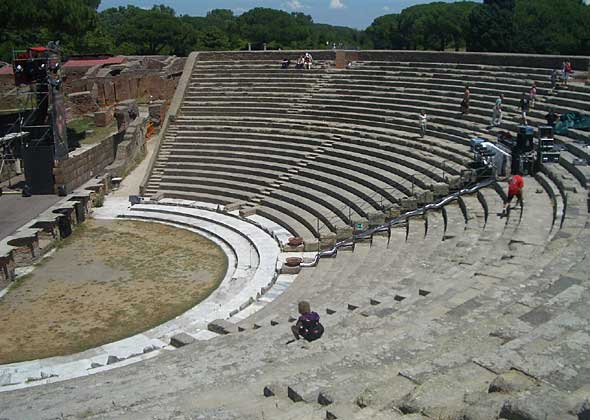
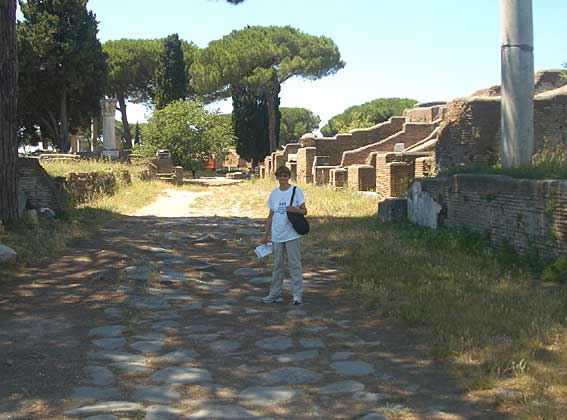
Aurelian Walls
In the later years of the Roman Empire, defense and public safety became a grave concern as barbarians threatened Roma's very existence. The Aurelian Wall was begun by the Emperor Aurelius in 270 AD to protect Roma from invaders. Then 25 years later, Emperor Maxentius added battlements and in 500 AD, Emperor Honorius added to its height. It served as an effective defense for centuries and portions of it have survived. We walked along some of the best preserved stretches imagining the guards keeping watch 24/7 and we could not resist comparing the 21st century walls, the one that Israel is building for protection from Palestine and the one that the US is building for protection from Mexicans, with these ancient ones.
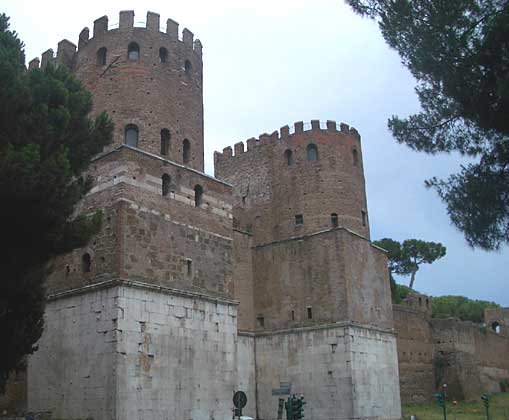
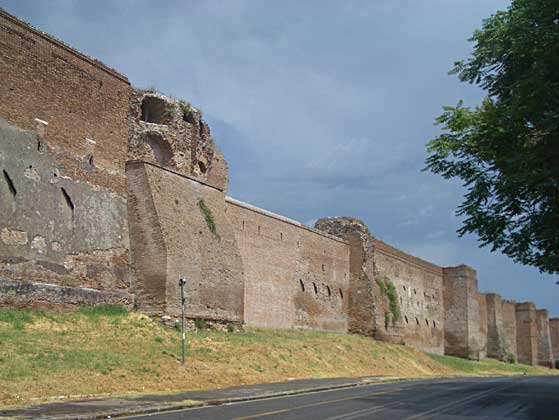
Roma - A Lesson We Should Learn
Our explorations along the Aurelian Walls; the Via Appia; the River Tiber and the Port of Ostia; and the aqueducts demonstrated to us that the Romans understood that providing essential services, solid walls for safety and security, good roads for mobility and communication, well organized port facilities to facilitate trade, dependable water supply for irrigation and personal use, was the responsibility of government.
They built this vital infrastructure to last and so it still stands today, a testimony to the commitment of the leaders and the ingenuity of the engineers and builders of that time long ago.
Click here to return to More Travels in Europe - Summer 2008 page
![]()